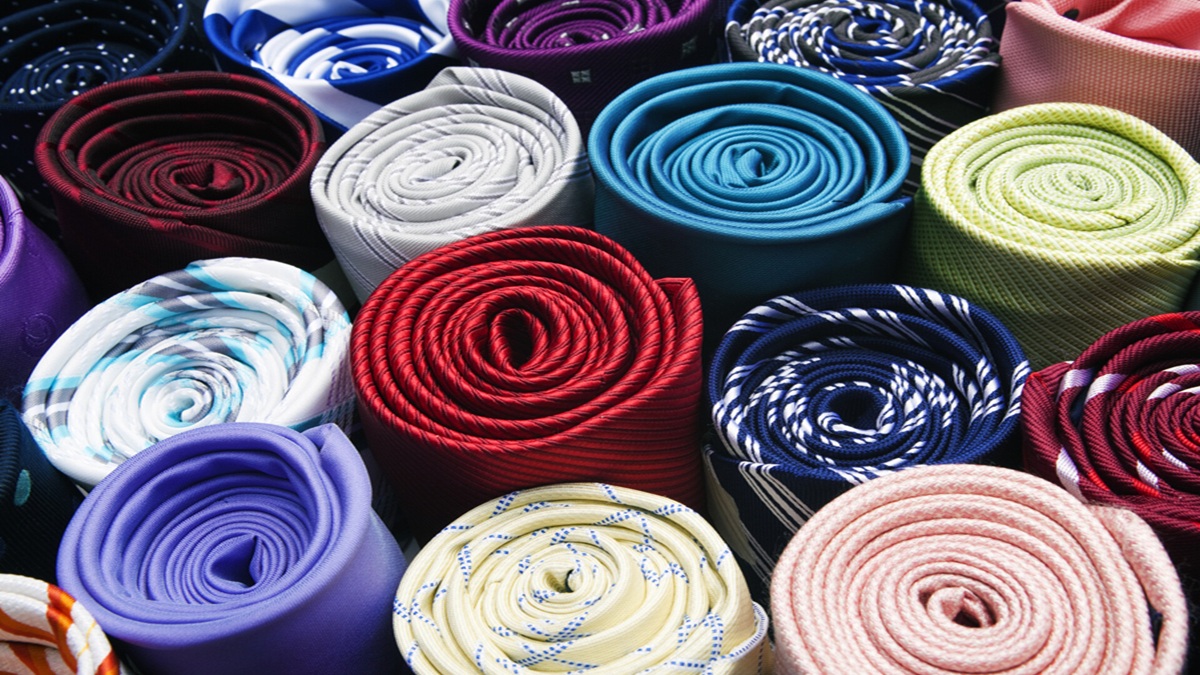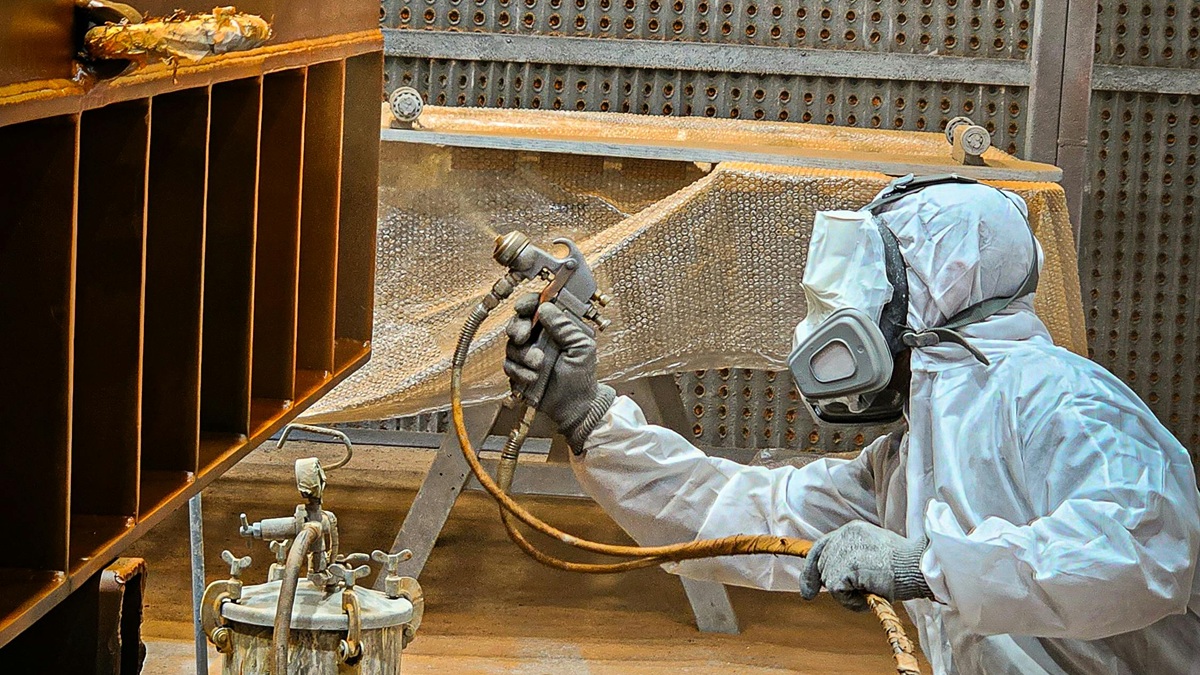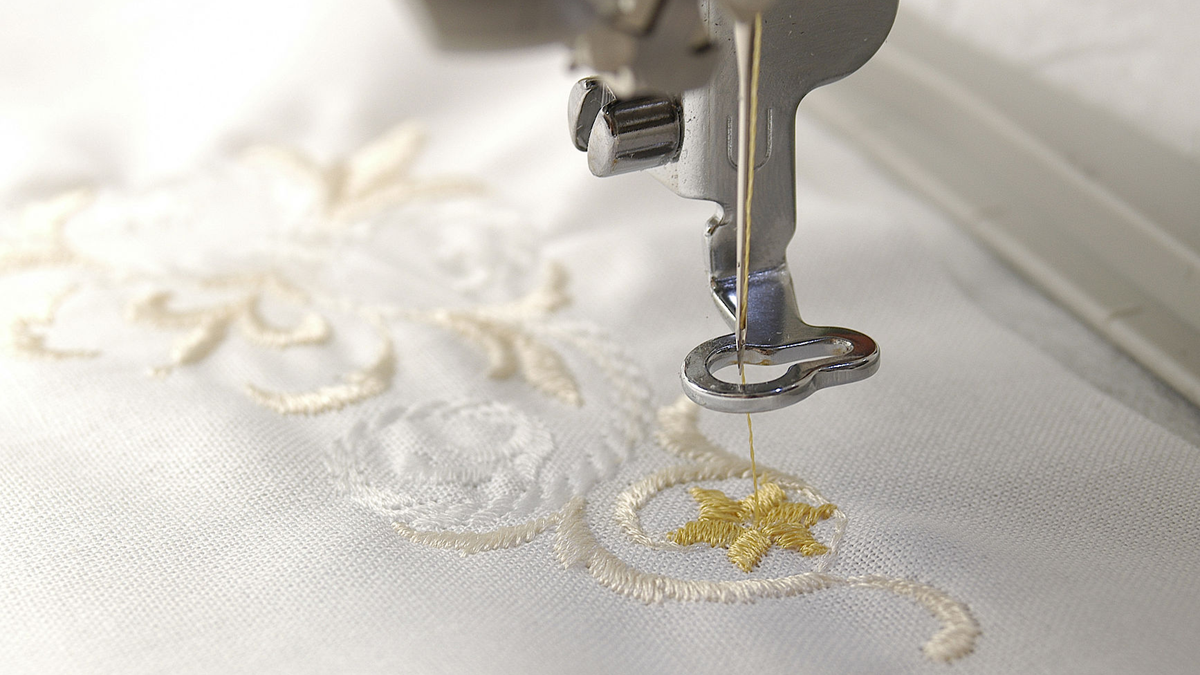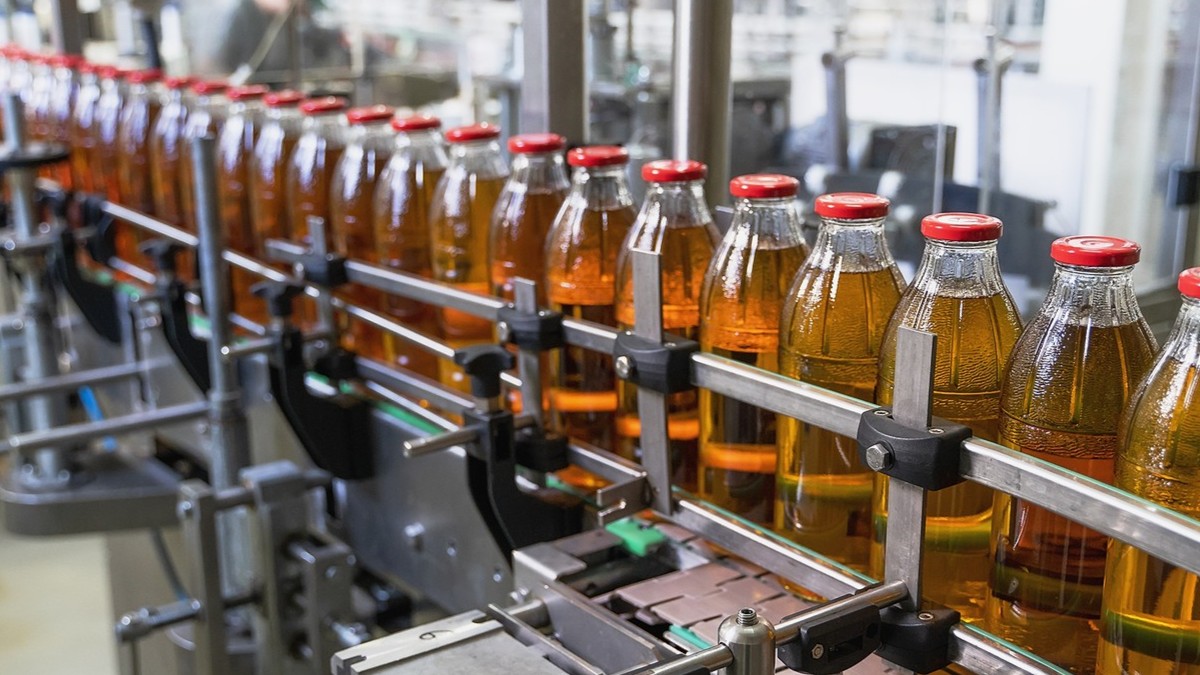Have you ever wondered why some jackets can block wind and rain without making you feel stuffy? Or why some sportswear wicks away sweat quickly, keeping you dry? This isn't magic; it's the superpower of high-performance textiles. They are no longer just clothes but key materials that improve quality of life and ensure personal safety.
The Evolution of Fabric Superpowers
From ancient fabrics used simply to cover the body, to today's functional fabrics that provide protection, comfort, and smart features, textiles have undergone a startling evolution. The core of high-performance textiles lies in their ability to break through the limitations of traditional fabrics, using technology to give them entirely new functions.
The Black Tech that Gives Fabrics Superpowers
These magical functions are not inherent; they are the result of the hard work of scientists and engineers. They are primarily achieved through the following core technologies:
- Fiber Modification:
This technology gives fabrics their functions from the very source. During fiber manufacturing, nano-level functional particles are integrated into the fiber itself, giving the fabric its functions "from the inside out." This method ensures the effects are long-lasting and do not easily fade with washing.
- Finishing Processes:
This is the most common method for applying functional properties. It involves processes like coating, immersion, or lamination to form a functional film on the fabric's surface or within its structure. For example, Gore-Tex and other waterproof and breathable fabrics use a microporous membrane laminated onto the fabric to block wind and water while allowing body moisture to escape. Additionally, functions like fire resistance and anti-static properties are often achieved through chemical finishing.
- Composite Materials:
This technique combines fibers or fabrics of different materials to create a multi-functional composite fabric. For example, blending high-strength fibers (such as Aramid) with elastic fibers can create a functional fabric that is both durable and stretchy, widely used in outdoor apparel and workwear.
From Everyday to Extreme: The Ubiquitous Superpowers of Fabric
The applications of high-performance textiles are far beyond what you might imagine. They are no longer found only in sports stores but have permeated every corner of our lives, bringing revolutionary changes to various industries:
- Outdoor Sports:
From windproof and waterproof mountaineering jackets to moisture-wicking running clothes, high-performance fabrics keep athletes comfortable and safe in extreme weather conditions.
- Medical Care:
Antimicrobial uniforms and bed linens effectively reduce the spread of germs.
- Safety and Security:
In high-risk environments, high-performance fabrics are the first line of defense. For example, bulletproof vests made from high-strength fibers and specially fire-treated firefighter suits provide critical protection.
- Industrial Applications:
In the automotive industry, high-performance fabrics are used to make airbags and car interiors; in civil engineering, Geotextiles play a key role by being used to reinforce dikes and roadbeds, enhancing their stability and durability.
Sci-Fi is No Longer Distant: Envisioning the Future of Fabric
The journey of high-performance textiles continues. In the future, we will see more smart and sustainable trends, such as:
- Smart:
Future clothing will be like a personal assistant, monitoring your heart rate and body temperature, and even automatically adjusting its temperature.
- Sustainable:
In line with the circular economy, functional fabrics made from recycled plastic bottles or biodegradable materials will be both eco-friendly and high-performing.
Wear the Tech, Feel its Warmth
The core of high-performance textiles is not just about creating higher-performing products, but about allowing wearers to feel the warmth and care that technology brings. From a piece of clothing that provides warmth in the bitter cold to a protective suit that saves a life in a dangerous moment, every single fiber is a testament to the wisdom and effort of countless individuals. It allows us to wear the future and live in a safer, more comfortable, and healthier world. This revolution, started by fabric, is not just about pushing the limits of function but about using the power of technology to weave a beautiful world full of human warmth.



.jpg)










.jpg)